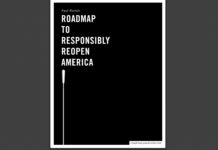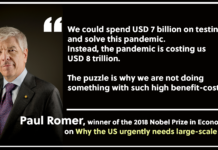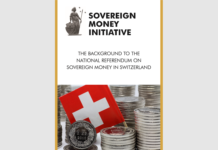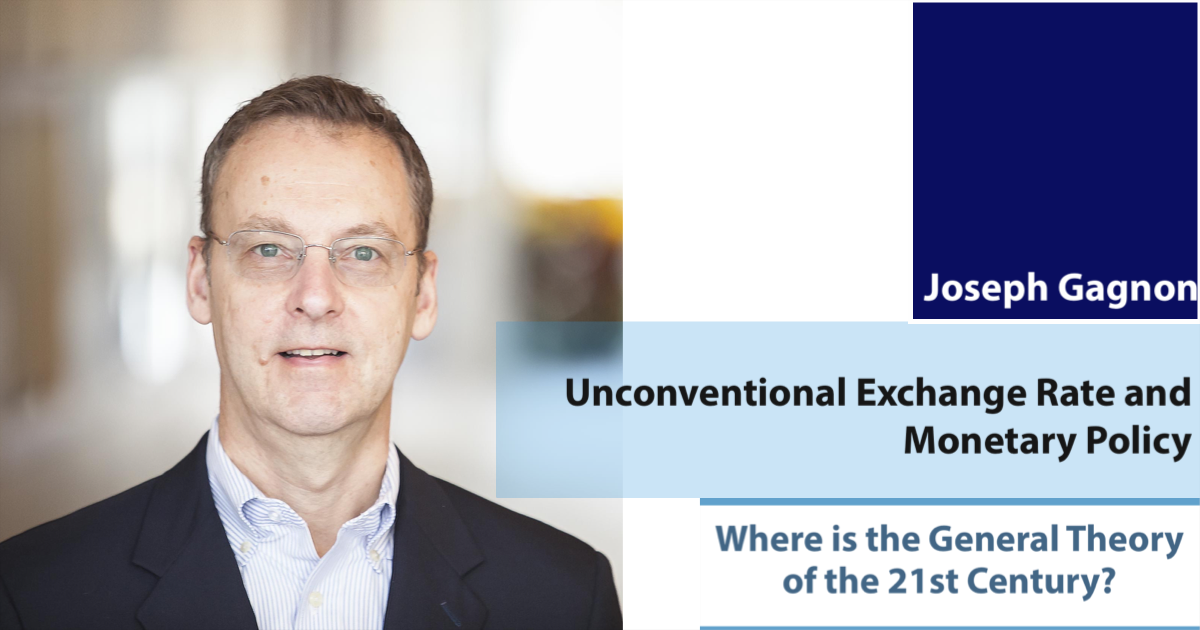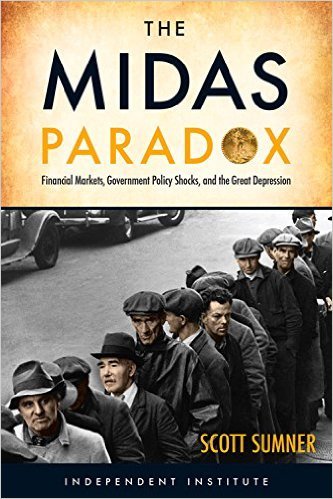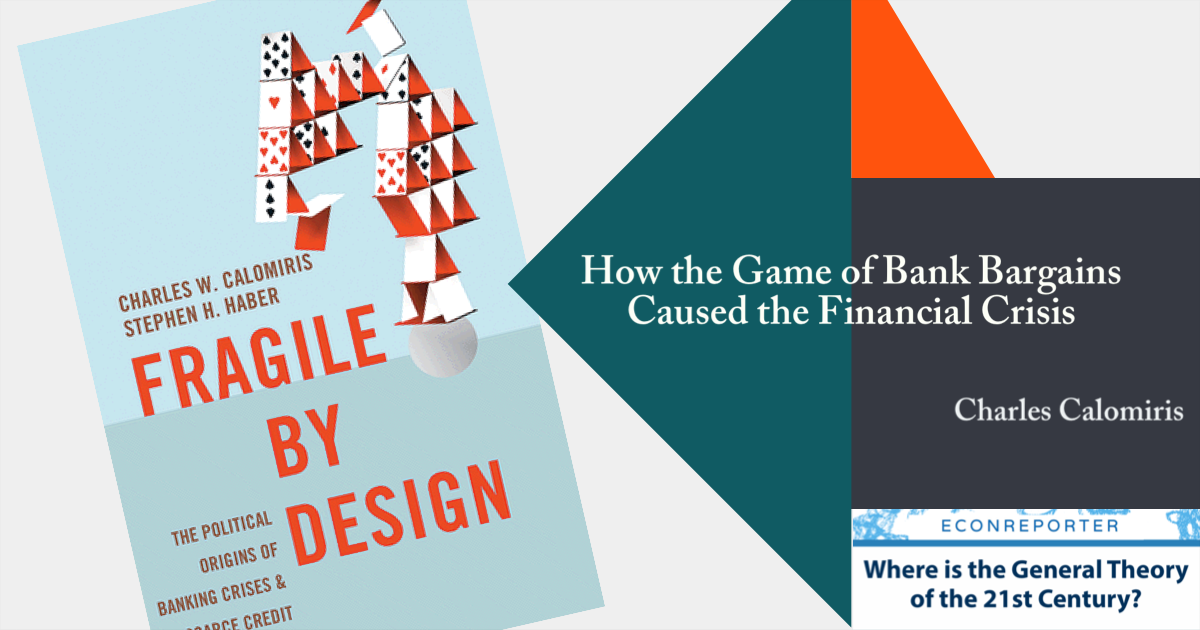The discussion on Paul Romer’s “The Trouble with Macroeconomics” continues in the blogosphere, and Simon Wren -Lewis’s “Paul Romer on macroeconomics” is one of the Must-Reads.
In his comments, Wren-Lewis said that Romer’s view is extremely valuable. He agrees with Romer that macroeconomists obsessed with the microfounded model, and this practice allows macroeconomists to “cherry-pick” the data to fit the modeling process.
…[P]aul’s discussion of identification illustrates how macroeconomics needs to use all the hard information it can get to parameterise its models. Yet microfounded models, the only models deemed acceptable in top journals for both theoretical and empirical analysis, are normally rather selective about the data they focus on. Both micro and macro evidence is either ignored because it is inconvenient, or put on a to do list for further research…
…[T]he microfoundations criteria taken in its strict form makes it intractable to model some processes: for example modelling sticky prices where actual menu costs are a deep parameter. Instead DSGE modelling uses tricks, like Calvo contracts. But who decides whether these tricks amount to acceptable microfoundations or are instead ad hoc or implausible? The answer depends a lot on conventions among macroeconomists, and like all conventions these move slowly..
Yet, Wren-Lewis also found some of Romer’s comment “unfair”, though not completely untrue.
…[P]aul’s discussion of real effects from monetary policy, and the insistence on productivity shocks as business cycle drivers, is pretty dated. (And, as a result, it completely misleads Paul Mason here.) Yet it took a long time for RBC models to be replaced by New Keynesian models, and you will still see RBC models around…
Wren-Lewis’s critic got Brad Delong’s attentions. Delong argued, in a tweetstrom, that Wren-Lewis dissent with Romer’s comment for no obvious reason.
At the time I wrote this article, I am not aware of any response from Wren-Lewis . I will keep you update if I see any.
I would also point you to Scott Sumner’s blog post on Romer’s paper. Sumner extended Romer’s complain about the identification problems in macro models, and demonstrated the problem in terms of Monetary Economics.
…[B]y late 2008, it was clear to me that not only did economists not know how to identify monetary shocks, but also that they were very far off course, and didn’t even understand that fact. Indeed this misunderstanding actually became highly destructive to progress in both economic science and economic policymaking. One of the two the worst contractionary monetary shocks of my lifetime is generally regarded as “easy money”. So how did we get here?
…Paul Romer says we know that monetary shocks are really important. I agree. And he says the Volcker disinflation proves that. I agree, and could cite many other examples, probably even more than Romer could cite. So I’m completely on board with his general critique of those who claim we don’t know whether monetary shocks are important. But Romer then claims that the real interest rate is a useful measure of the stance of monetary policy, and it isn’t—not even close…
…over longer periods of time, movements in M2 do not reliably signal easier or tighter monetary policy. But that’s also true of movements in nominal interest rates. If you have a highly contractionary policy, then inflation and nominal rates will fall in the long run. Hence low rates don’t mean easy money. And this argument also applies to real interest rates…
…I fear that economists have deferred too much to the “central authority” of central banks. When I talk to macroeconomists, they seem to think it’s natural to use interest rates in their monetary models because the central banks actually target short-term interest rates. But that’s a lousy reason…
Read the whole things:
– Paul Romer on macroeconomics
– How did we end up here?
--- Follow us on Bluesky and Google News for our latest updates. ---


